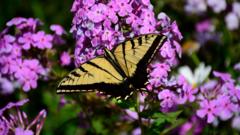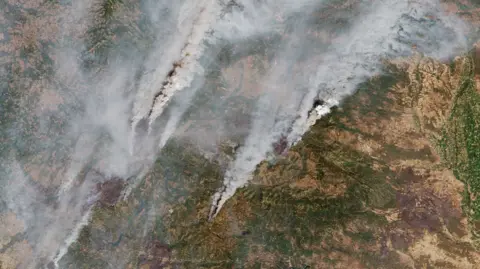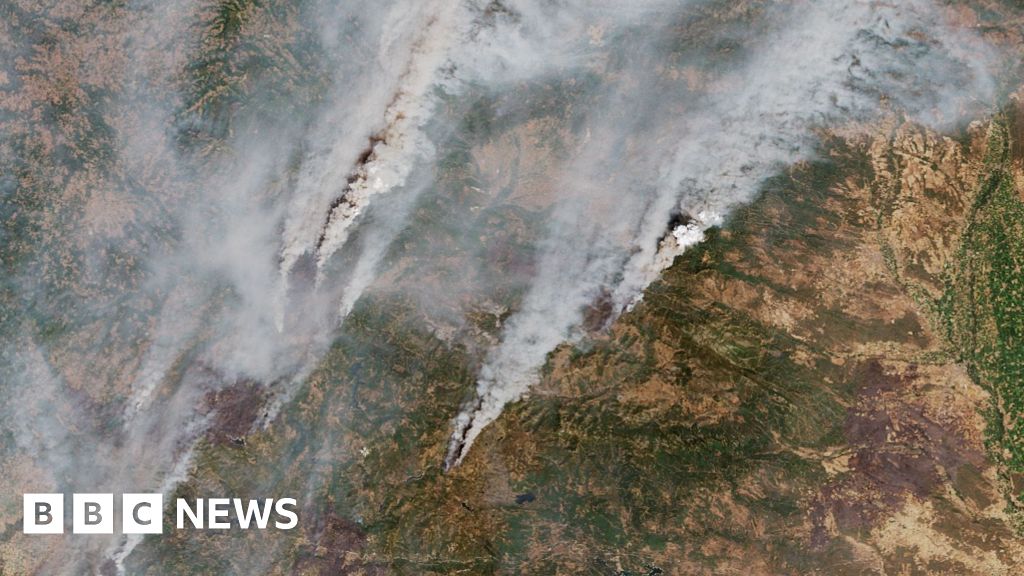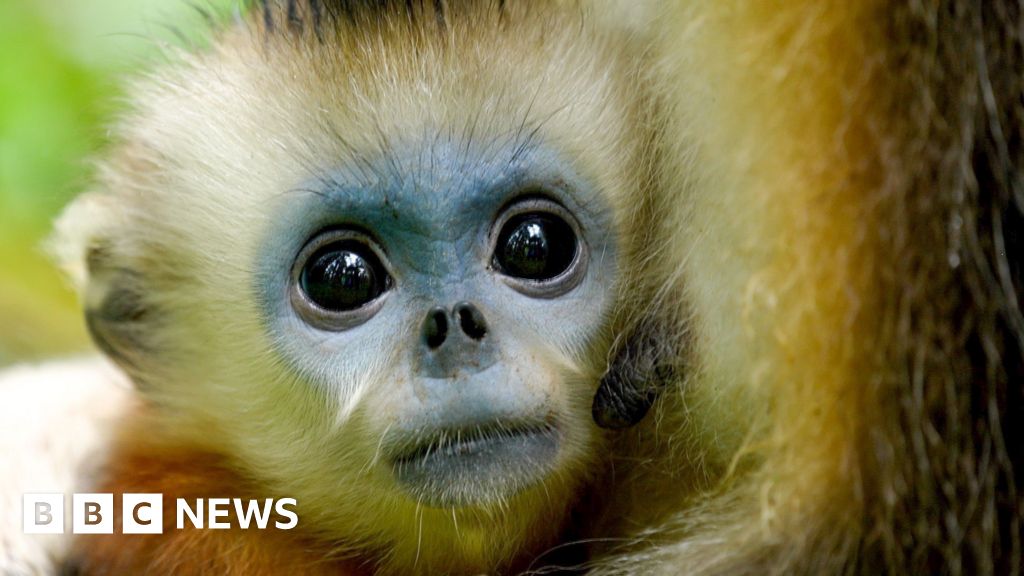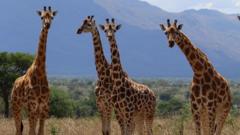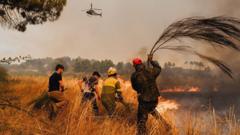According to a recent study by Binghamton University, butterfly populations in the United States have decreased by over 22% in the last two decades, releasing a clarion call for biodiversity preservation. The study, published in the journal Science, is rooted in a robust analysis of approximately 12.6 million sightings from 76,000 surveys spanning 35 monitoring programs, including insights from citizen science initiatives like the North American Butterfly Association's Fourth of July counts.
The alarming statistics indicate that a third of butterfly species are in serious decline. Notably, some species, including Julia's Skipper, have experienced population losses exceeding 90%. The research estimates substantial declines across various species, with 33% of them undergoing significant reductions—107 of those species alone have dropped by more than 50%.
Prof. Eliza Grames, an assistant professor of biological sciences at Binghamton University, expressed concern over the magnitude of these declines, stating it was "sobering." Among the species suffering the most severe population losses are the Florida white, Hermes copper, tailed orange, Mitchell's satyr, and West Virginia white, all of which have seen declines greater than 98%. The West Coast lady, historically a prevalent species, has plummeted by 80%, suggesting a troubling reality: even common butterflies are not immune to declines.
The researchers attributed this decrease primarily to habitat loss, pesticide usage, and climate change. Butterflies play a crucial role as pollinators, essential for both plants and crops. Their diminishing numbers could disrupt food production and have broader implications for ecosystems. Additionally, butterflies serve as indicators of environmental health; a decline in their populations often signals potential issues for other species.
The Southwest region of the United States has been particularly hard-hit, likely due to extreme drought conditions that directly harm butterflies and impact their food sources as well. As Prof. Grames noted, "Drought is a double threat."
While the situation is dire, the study advocates for proactive conservation measures. It stresses the importance of prioritizing threatened species for inclusion in international protective lists and domestic laws. Thankfully, butterflies have a high potential for recovery due to their short generation times. Simple actions such as planting wildflowers, minimizing pesticide application, or leaving sections of yards unmowed can significantly enhance their survival chances. However, Grames underscores that these initiatives need to be complemented by committed governmental support for effective insect conservation policies, stating, "Insects are fundamental to life on Earth."

